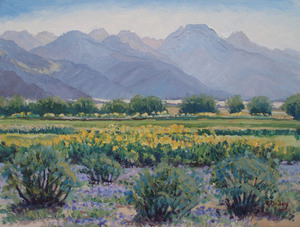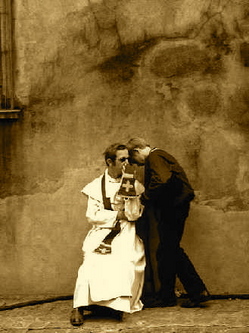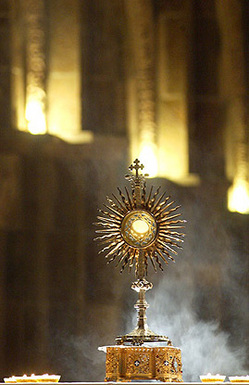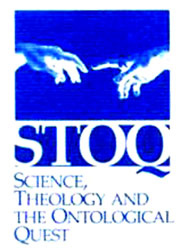 “Where are ye now, ye summer days,
“Where are ye now, ye summer days,
“That once inspired the poet’s lays?
“Blest time! ere England’s nymphs and swains,
“For lack of sunbeams, took to coals–
“Summers of light, undimmed by rains,
“Whose only mocking trace remains
“In watering-pots and parasols.”
Thus spoke a young Patrician maid,
As, on the morning of that Fête
Which bards unborn shall celebrate,
She backward drew her curtain’s shade,
And, closing one half-dazzled eye,
Peeped with the other at the sky–
The important sky, whose light or gloom
Was to decide, this day, the doom
Of some few hundred beauties, wits,
Blues, Dandies, Swains, and Exquisites.
 Faint were her hopes; for June had now
Faint were her hopes; for June had now
Set in with all his usual rigor!
Young Zephyr yet scarce knowing how
To nurse a bud, or fan a bough,
But Eurus in perpetual vigor;
And, such the biting summer air,
That she, the nymph now nestling there–
Snug as her own bright gems recline
At night within their cotton shrine–
Had more than once been caught of late
Kneeling before her blazing grate,
Like a young worshipper of fire,
With hands uplifted to the flame,
Whose glow as if to woo them nigher.
Thro’ the white fingers flushing came.
But oh! the light, the unhoped-for light,
That now illumed this morning’s heaven!
Up sprung Iänthe at the sight,
Tho’–hark!–the clocks but strike eleven,
And rarely did the nymph surprise
Mankind so early with her eyes.
Who now will say that England’s sun
(Like England’s self, these spendthrift days)
His stock of wealth hath near outrun,
And must retrench his golden rays–
Pay for the pride of sunbeams past,
And to mere moonshine come at last?
Thomas Moore
Sloperton Cottage, November 1881












